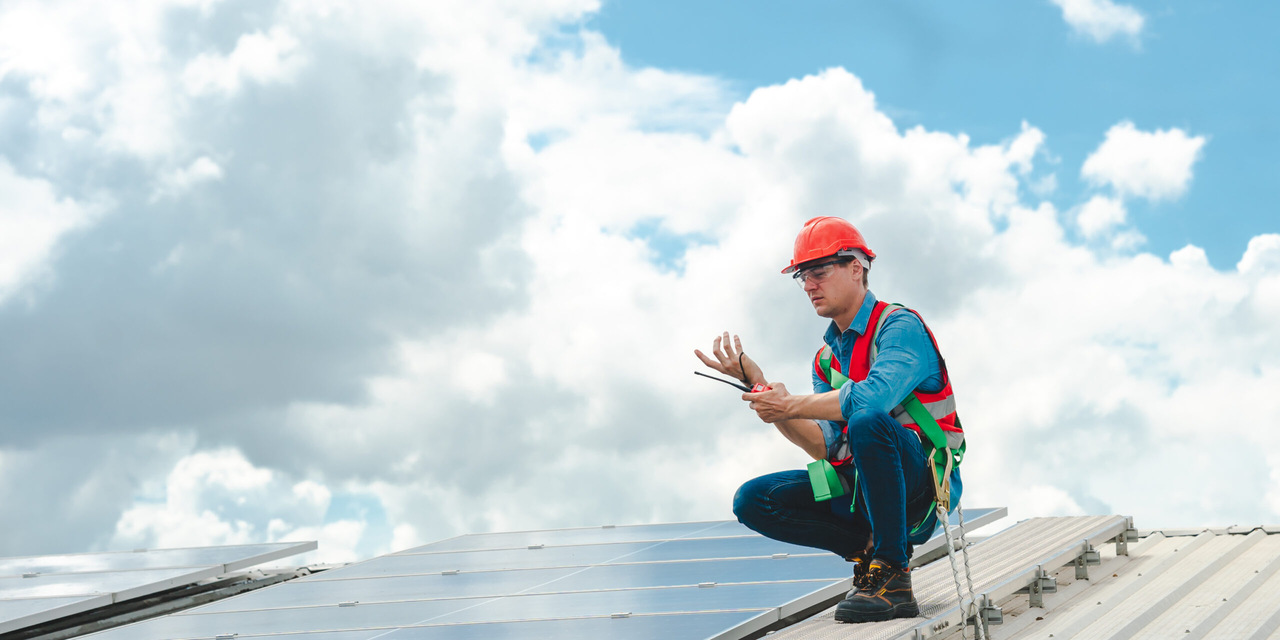Energy-efficient roofing is an essential factor to consider when upgrading or installing a new roof. An energy-efficient roof can make a significant difference in your home’s comfort and energy bills. By reducing the amount of heat that enters or escapes your home, these roofs help maintain a stable indoor temperature, which means your heating and cooling systems don’t have to work as hard.
Choosing the right energy-efficient roofing material can be a game-changer. It can lower your energy consumption and improve your home’s overall sustainability. With various options available, it’s crucial to understand which materials and features can provide the best efficiency for your specific needs.
Understanding Energy Efficiency in Roofing
Energy-efficient roofing is designed to minimize the amount of heat absorbed or lost by your home, which helps to reduce energy consumption. This type of roofing typically involves materials and construction methods that improve insulation and reflectivity. Energy-efficient roofs can keep your home cooler in the summer and warmer in the winter, making it more comfortable while lowering your energy bills.
The idea behind energy-efficient roofing stems from the need to conserve energy and reduce greenhouse gas emissions. By reflecting more sunlight and absorbing less heat than standard roofing, these roofs can significantly lower the demand for air conditioning during hot months and heating during cold months. Choosing an energy-efficient roof not only benefits your wallet but also helps the environment by reducing your overall carbon footprint.
Top Energy-Efficient Roofing Materials
When it comes to energy-efficient roofing, several materials stand out for their ability to reduce heat absorption and improve insulation. Here are some of the top choices:
1. Metal Roofing: Metal roofs are highly reflective, which means they can reflect a significant amount of solar radiation. This keeps your home cooler and reduces the need for air conditioning.
2. Solar Tiles: These roofing materials incorporate solar panels, allowing you to generate electricity while also providing excellent insulation.
3. Cool Roofs: Cool roofs are designed with special reflective coatings that bounce back more sunlight and absorb less heat. They are available in various materials, including shingles, tiles, and coatings.
4. Green Roofs: Also known as living roofs, green roofs are covered with vegetation. They offer excellent insulation, reduce the urban heat island effect, and can even manage stormwater.
5. Clay and Concrete Tiles: These materials have natural thermal resistance and can be treated with reflective coatings to enhance energy efficiency. They are also durable and long-lasting.
Selecting the right material for your energy-efficient roof depends on several factors, including your local climate, budget, and personal preferences. Each of these materials has unique properties and benefits, making them suitable for different types of homes and regions.
Benefits of Energy-Efficient Roofs
Investing in an energy-efficient roof offers a range of benefits that can make a significant difference in your daily life and long-term savings. One of the most immediate advantages is the reduction in energy bills. By minimizing heat absorption and improving insulation, an energy-efficient roof keeps your home at a more consistent temperature, reducing the need for constant heating and cooling.
Beyond cost savings, energy-efficient roofs contribute to a more comfortable living environment. Improved insulation means your home stays cooler in the summer and warmer in the winter, enhancing overall indoor comfort. These roofs also have a positive environmental impact by lowering energy consumption and reducing greenhouse gas emissions.
Here are some key benefits of energy-efficient roofs:
– Reduced Energy Bills: Lower heating and cooling costs due to better insulation and reflectivity.
– Enhanced Comfort: More stable indoor temperatures, making your home more comfortable year-round.
– Environmental Impact: Decreased energy use helps reduce carbon emissions, contributing to a healthier planet.
– Increased Property Value: Homes with energy-efficient features like specialized roofing tend to have higher market values.
– Extended Roof Lifespan: Many energy-efficient materials are durable and require less maintenance, prolonging the life of your roof.
How to Choose the Right Energy-Efficient Roof for Your Home
Selecting the right energy-efficient roof for your home involves considering various factors to ensure you make the best choice for your needs. Here’s a step-by-step guide to help you navigate this process:
1. Assess Your Climate: The local climate plays a crucial role in determining the best roofing material. For example, metal roofs are excellent in hot climates due to their high reflectivity, while green roofs may be more beneficial in regions with moderate temperatures.
2. Consider Roof Slope: The slope of your roof can affect how well certain materials perform. Steeper slopes may benefit more from materials like metal or clay tiles, while flat roofs are ideal for green roofs or cool roof coatings.
3. Evaluate Budget: Determine your budget for the project, keeping in mind that while some materials may have higher upfront costs, they can offer significant long-term savings through reduced energy bills and lower maintenance costs.
4. Consult an Expert: Work with a professional roofer who specializes in energy-efficient roofing. They can provide valuable insights and recommendations tailored to your specific situation.
5. Check for Incentives: Research any available incentives or rebates for installing energy-efficient roofing. Many local and federal programs offer financial assistance to encourage energy-saving upgrades.
6. Longevity and Maintenance: Consider the lifespan and maintenance requirements of each material. Some options, like metal roofing, are particularly durable and low-maintenance, while others, such as solar tiles, may require regular upkeep.
By following these steps, you can make an informed decision that balances cost, performance, and long-term benefits, ensuring you choose the best energy-efficient roof for your home.
Conclusion
Investing in an energy-efficient roof is a smart choice that offers numerous benefits, from reduced energy bills and increased comfort to a positive environmental impact. Understanding the different types of energy-efficient roofing materials and the factors to consider when selecting the right one for your home can help you make an informed decision that meets your needs and budget.
Regular upkeep and professional installation are also crucial for maximizing the benefits of your new roof. Whether you’re considering metal roofing, solar tiles, cool roofs, or green roofs, the right choice can significantly enhance your home’s curb appeal and value while contributing to a more sustainable future.
If you’re ready to explore energy-efficient roofing options, contact Mega Pro. Our team of experts is here to guide you through the process and ensure you find the perfect residential roof solution for your home. Don’t wait to make your home more energy-efficient and eco-friendly. Reach out to us today!


